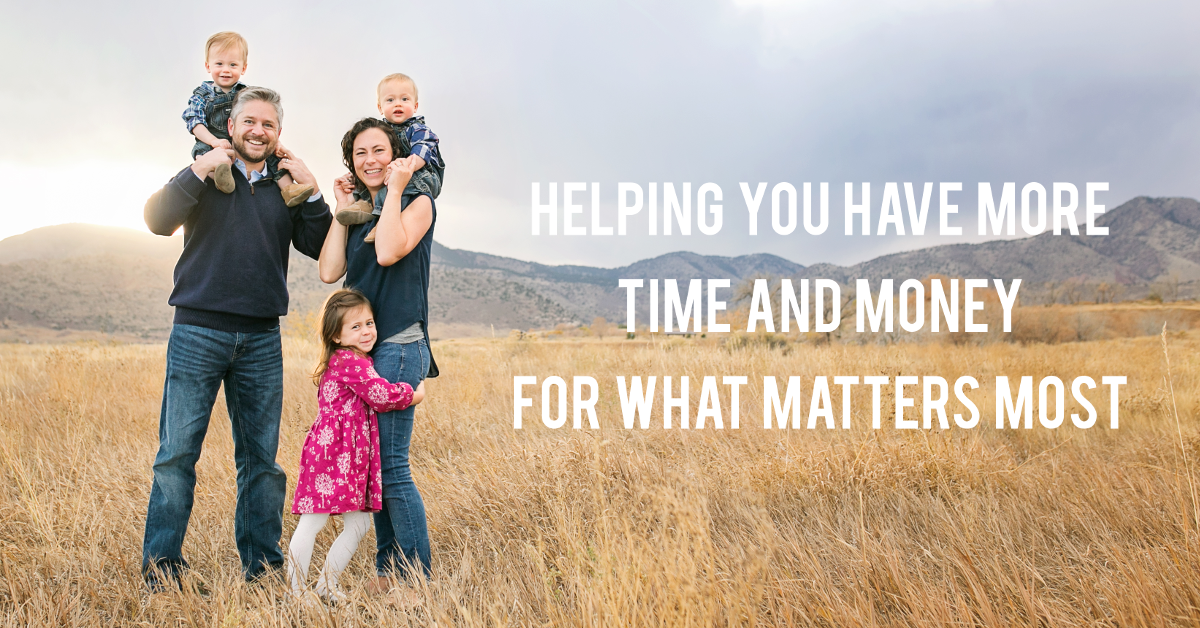Do you ever feel off course? Like you’re drifting through life or headed in the wrong direction? Or maybe “wrong direction” doesn’t even make sense because the destination itself has disappeared.

If so, you’re not alone. Though it can feel that way sometimes.
The truth is that every person makes course-corrections in life—probably thousands of them. I certainly do.
Navigating life is a lot like driving a car. When driving, you spend almost every second adjusting the direction of the car to the desired course. Most of those adjustments are minor, almost imperceptible. But sometimes you make a 90- or even 180-degree turn.
Oftentimes, the need for a course-correction is forced upon us. Something sudden or tragic happens that demands a response.
But we can also take the initiative. We can be proactive in setting a new direction—in making a fresh start.
Twice a year I make a deliberate fresh start. Doing so helps keep me on—or get me back on—the path I want to be on. And when the inevitable tragedy hits, the reorientation is much less jarring.
In two days (on Ash Wednesday, the start of Lent), I’m going to make another fresh start. Following is the process I am using to prepare for it. You can use these 7 steps at any time to make your own fresh start:
7 Steps to a Fresh Start
-
Get clear on the destination.
If you don’t know where you want to end up, you will always feel adrift. So, the first step is to decide where you want to go.
You can make a major course-correction by pondering—again or for the first time—where you ultimately want to end up. Ask yourself big questions that help clarify for you what matters most. My favorite such questions is: what, at the time of my death, will I wish I had lived for? Grab the outline I use to consider that particular question here:
If you’re already clear on the “final destination” you desire, strive to get clear on the next waypoint. A “waypoint” is an intermediate point along a route of travel.
In my case, something I struggle with is getting frustrated when situations arise that demand of me more time than I want to spend on them. (Like kids who should be asleep calling out to me as I write this paragraph. 🙂 ) The waypoint I want to head toward is that place where I am not vexed by such situations but can, rather, receive them with peace and even joy.
-
Get clear on the path.
Once you know the destination, the next step is to see the path to that destination. How can you get from where you are to where you want to end up?
For a person who has struggled with alcohol and wants to get sober, for example, the path may involve AA or some such support group, the removal of drinks from the house, etc.
In the case of my current course-correction, the path to the destination I desire involves seeing every moment as a blessing, rather than seeing some moments as interrupting my plans.
-
Commit to eliminate bad habits.
With the destination and path in view, ask: what do I do that takes me off the path most often? Those are our bad habits. Committing to eliminate bad habits (or, better, to replace them with good habits) is a highly leveraged intervention because habits make up more than 40% of our activities.
A bad habit for the alcoholic may be going into a bar. A bad habit I have is taking on more than I can handle gracefully. It’s hard to see some situations as blessings rather than as interruptions when my schedule is too full too accommodate the unplanned.
-
Commit to establish good habits.
Good habits take effort to form. But once you have them, they actually work for you. They are like money in the bank, growing interest.
Take, for instance, the habit of exercise. It’s a difficult habit to develop. But once in place, exercise provides ongoing health, strength, and physique benefits.
-
Work the plan.
Traditional wisdom holds that a habit takes 30 days to develop. Modern research suggests much longer. (Lent is 40 days, which I find makes for a good course-correction.)
I’d suggest committing to your fresh start for a month or so. That is a short enough period of time to stay committed and a long enough period of time to make a noticeable course-correction.
-
Evaluate
After 30 days (or whatever duration you committed to), evaluate. Are you on the path you want to be on? Have you reached your destination or waypoint?
-
Adjust
Based on your evaluation, adjust as you see fit. Adjustments could be small tweaks, which you could go after right away. Or they could entail starting completely over at Step 1, as I do twice a year.
Conclusion
A long time ago I saw the movie Vanilla Sky. I remember very little about it except for one line, which has always stuck with me. The line is, “Every passing minute is another chance to turn it all around.”
That is very true. But it’s so much easier said than done.
What is needed to turn that inspiring quote into a tangible reality is a plan. With the above plan, you can make most any kind of fresh start. You can make a minor course correction, or you can turn it all around.
Question: When you make a course-correction in life, what aspects of the above plan (or aspects not mentioned) do you find most helpful? You can leave a comment by clicking here.
If you liked this post, why not join the 5,000+ subscribers who receive blog updates on how to have more time and money for what matters most? Sign up here.
